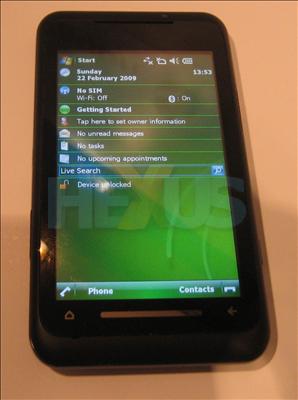Snapdragon
Coombs concluded by pointing us in the direction of Qualcomm, which has gone for a large suite on the ground floor of the Hyatt this year in order to show off its Snapdragon platform.
Snapdragon is licensed to be ARM compatible, but is mainly designed by Qualcomm itself. To promote the new user experience it thinks will be provided by the combination of powerful processing and low energy requirement, Qualcomm has coined the term Smartbook, which is a self-explanatory hybrid of smartphone and note/netbook.
Currently none of the above smartbooks are available to buy, but Qualcom did have the first one that is on display - the Toshiba TG01.
In conclusion, we don't doubt Intel's ability to innovate and adapt to this new threat. It will continue to make the Atom processor smaller and lower power and has the advantage of the x86 instruction set over the ARM ecosystem.
But considering Intel's eternal dominance of the PC CPU market, it's exciting to see it come up against a competitor that is every bit as dominant in its own traditional market - mobile phones.
ARM and Intel are coming from opposite directions in terms of the size and power of their processors but we can expect healthy competition between them in the markets where they meet. As ever that can only be good news for end-users.
















